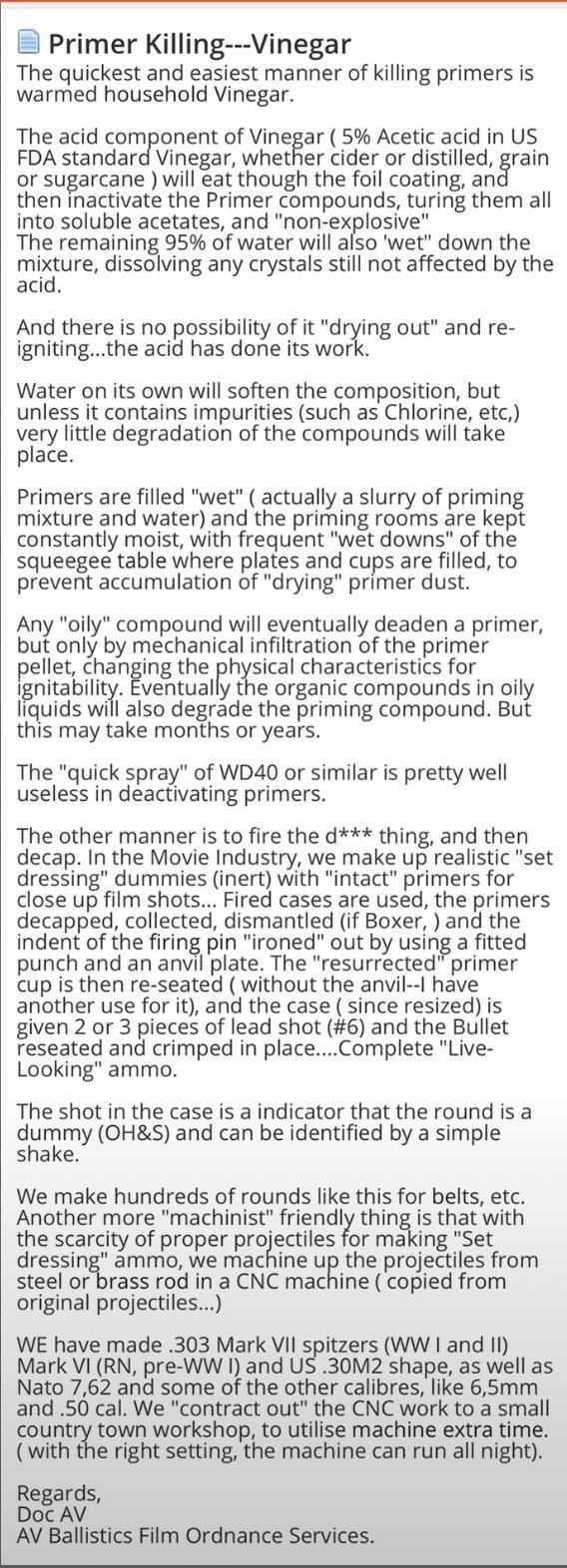nicholasjohn
Well-Known Member
I was wondering when someone would mention Krazy Cloth. It's cheap, it works, lasts for hundreds of rounds. I've been loading since 1968 and I have tried and own everything there is to clean a case. Because of my age, I shoot more paper and steel in competition than hunt, which means 2k to 3.5k rounds per year. After firing a round I aneal for consistency. Wipe with that Krazy Cloth and paper towel, then size with RCBS lube, because it's waterbased and wipes of squeaky clean when I spin it in a drill and wipe with a wet cloth. If I'm doing a lot of cases I might wet tumble instead and clean up the chamfer that the steel pins nicked all up. Of course, I clean the primer pocket and brush out necks if I don't wet tumble, but after completing the loading process I have brass that will stick to any chamber it's fired in and that is a very important part of the "send it" process.
I often load only ten or twenty rounds at a time, and it just doesn't seem like it's worth the effort to get involved in the process I'd use for cleaning couple hundred rounds. I do wonder, though, what the krazy cloth taking out of the surface layer of the brass, because it changes the color to a more pale shade that is a bit silvery looking. It may be that the initial stages of the tarnishing process is what makes them look more of a golden color when they are new in the box. Anybody care to comment on that ?

